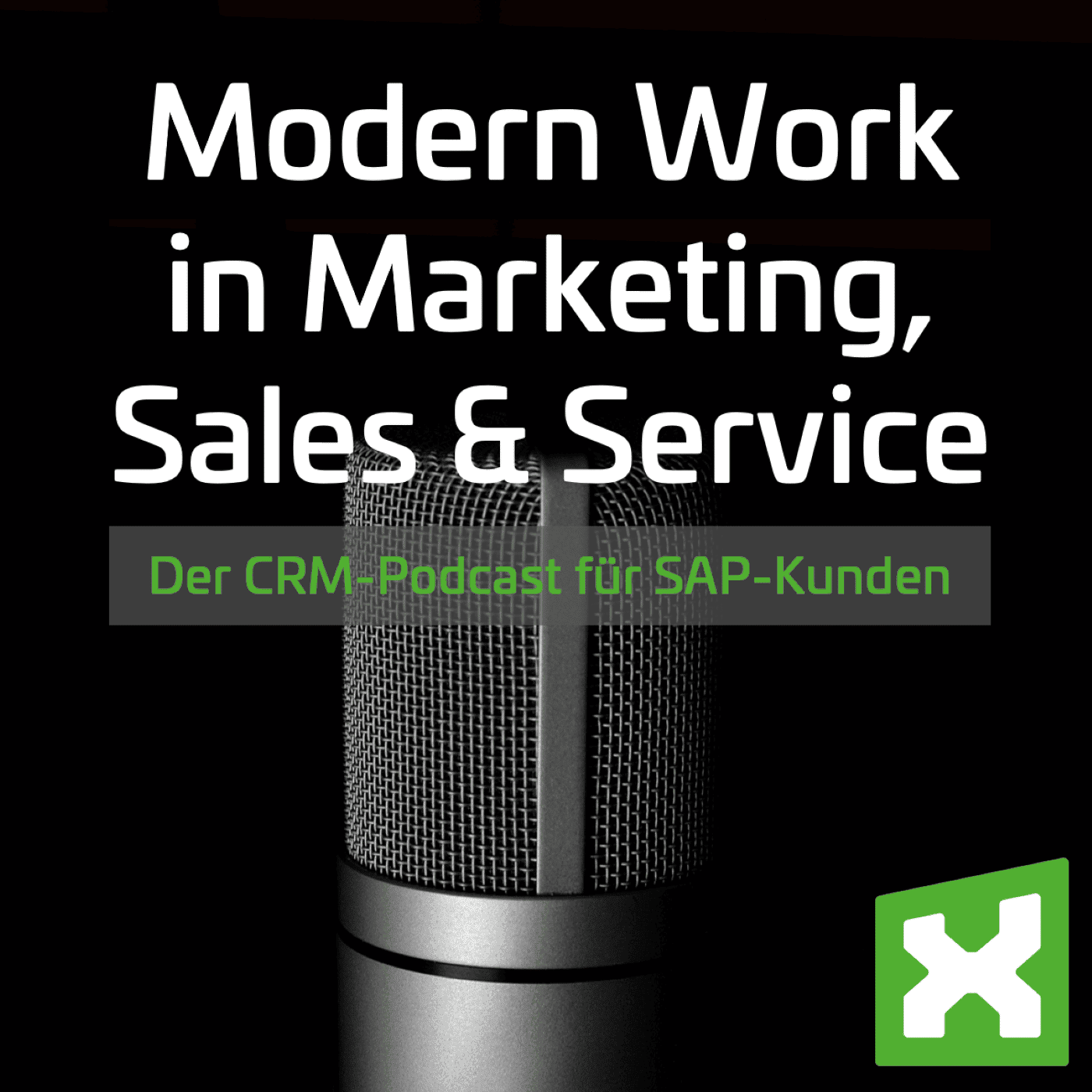CRM meets customer portal: Effective networking for optimized customer service
In today’s business world, customer relationships are of crucial importance. Effective customer relationship management (CRM) enables companies to maintain and improve these relationships. Customer portals also play an essential role as they facilitate direct communication between customers and companies. But what happens when these two elements are seamlessly integrated? Let’s take a closer look at this in today’s blog post.

The seamless integration of CRM and customer portal opens up a wide range of possibilities for optimizing customer service and streamlining operational processes. The two tools alone are already extremely valuable, but bringing them together offers many more benefits.
What is CRM?
CRM stands for Customer Relationship Management and refers to a strategy for maintaining and improving customer relationships. It comprises processes, technologies and tools that help companies to better understand their customers and offer personalized support.
What is a customer portal?
A customer portal is a platform on which customers can interact directly with a company. Here they can view their information, place orders, receive support and much more. A customer portal serves as a central point of contact for customer communication.
Advantages of seamless integration
Ideally, a customer portal should be linked to CRM and ERP systems in order to provide up-to-date information at all times. Changes in one system, such as the status of an order, should be automatically updated in all relevant systems. This avoids information gaps and ensures that everyone involved is always up to date.
Seamless integration means that information such as prices, delivery times etc. does not have to be maintained separately in different systems. The CRM displays the data in a 360° view of the customer and obtains it centrally from the ERP system. This eliminates the need for duplicate data maintenance, which saves resources and time.
The integration enables the automation of workflows and tasks. Customer service tickets, such as complaints, can be created automatically in the CRM and assigned to the right employee. This speeds up the processing of inquiries and contributes to the efficiency of customer service.
Seamless integration enables customer service employees to respond to inquiries faster and more accurately, as all relevant information about the customer is available in a 360° view. This enables personalized interaction as the employee is informed about the customer’s past purchases and preferences.
Best practices for the integration of CRM and customer portal
In summary, the effective networking of CRM and customer portals offers companies the opportunity to take their customer service to a new level. It enables personalized and efficient interaction with customers, which ultimately leads to higher customer satisfaction and loyalty. Companies should seriously consider this integration in order to increase their competitiveness and strengthen customer loyalty.
About the author


